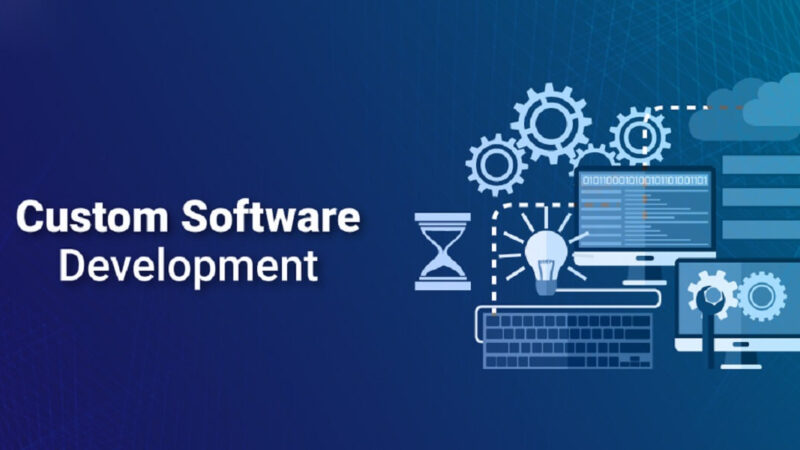6 Best Practices for Effective IT Asset Tracking

In today’s digital age, IT assets are the backbone of any organization. They encompass hardware, software, networking equipment, and more. Efficiently managing and tracking these assets is crucial for maintaining productivity, ensuring security, and optimizing costs. Whether you’re a small business or a large corporation, implementing effective IT asset tracking practices can save you time, money, and headaches. In this article, we’ll explore six best practices for IT asset tracking and introduce you to a valuable tool, Timly, that can simplify the process.
1. Start with a Comprehensive Inventory
Before implementing any asset tracking system, it’s essential to have a comprehensive inventory of all your IT assets. This includes desktop computers, laptops, servers, networking devices, software licenses, and other tech-related items. Without a complete list, you’ll struggle to manage and maintain your assets effectively. Timly can help you gather this information and maintain a centralized database of all your assets.
2. Utilize Asset Tagging
Asset tagging involves labeling each item with a unique identifier, such as a barcode or QR code. This simplifies asset identification and tracking. Timly’s use of QR code labels ensures easy access to asset information. Users can simply scan the code with their smartphones or other devices, eliminating the need for manual data entry.
3. Implement Regular Audits
Regular audits are essential to ensure that your IT asset database remains accurate and up-to-date. Schedule periodic checks to verify the physical presence of assets and cross-reference them with your digital records. Timly provides a straightforward platform for conducting these audits and reconciling any discrepancies.
4. Automate Data Entry
Manual data entry is time-consuming and prone to errors. By automating data entry and retrieval, you can significantly reduce the risk of mistakes and improve efficiency. Timly’s cloud-based software streamlines data management and provides real-time access to asset information from anywhere.
5. Establish Clear Documentation and Procedures
To maintain an effective IT asset tracking system, it’s vital to have clear documentation and well-defined procedures. Everyone involved in the process should understand their roles and responsibilities. Timly includes tools for creating and storing documents related to asset management, ensuring that your team has access to the information they need.
6. Monitor Asset Lifecycle
IT assets have a lifecycle, from procurement to retirement. Keeping track of this lifecycle is essential for budgeting and planning. Timly can help you monitor the health and performance of your assets over time, making it easier to decide when it’s time for upgrades or replacements.
Now that we’ve discussed the best practices for effective IT asset tracking, let’s introduce you to a valuable IT asset tracking solution: Timly. Timly is an intuitive, cloud-based asset management software that allows you to easily track and manage various types of assets, including machinery, tools, fleet, IT assets, and furniture. All activities and information surrounding these assets are stored in Timly, providing a centralized and accessible repository of data. Timly’s use of QR code labels makes it incredibly convenient for accessing and updating asset information from any location.
By implementing Timly, you can streamline your IT asset tracking efforts, making it easier to maintain an accurate inventory, automate data entry, and monitor the asset lifecycle effectively. Whether you’re a small business looking to improve efficiency or a large corporation seeking to optimize asset management, Timly can be a valuable tool to help you achieve your goals.
To learn more about how Timly can benefit your organization and simplify IT asset tracking, visit their website at timly.com. With Timly, you can take control of your IT assets, reduce costs, and improve productivity, ensuring that your technology investments provide the maximum possible value.






